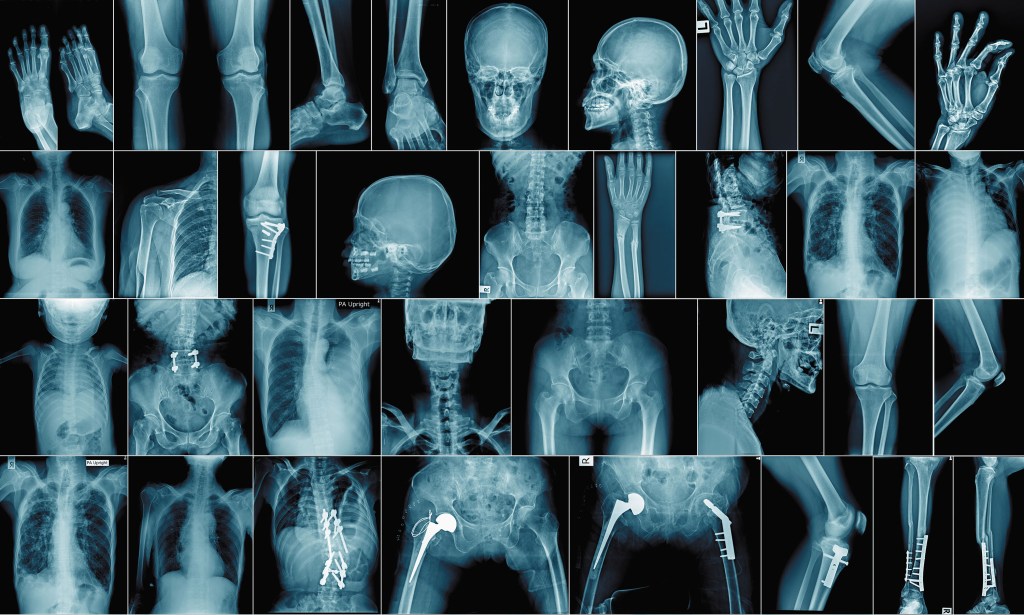Driverless Cars: 5 Ways Municipalities Can Mitigate Public Risk

By: Thom Rickert
Although self-driving cars are not yet a regular fixture on our nation’s highways, they will be sooner than you think: Nearly every major car manufacturer has set a deadline to produce fully autonomous cars by 2021.
That means municipalities, including counties, cities and other public entities, should take steps now to pave the way for autonomous vehicles—or risk a bumpy ride ahead. Share these five tips with your public entities clients to help them start preparing today.
1) Craft regulations that focus on safety. “Cities have an opportunity to come together and lobby their state governments to advance their concerns around the safe operation of autonomous vehicles in their communities,” states the National League of Cities in its autonomous vehicles policy preparation guide.
Cities should consider the type of agency and regulatory structure that best fits their needs, with an emphasis on safety. They should also consider insurance requirements, including local approval of any autonomous vehicle testing in their city.
2) Create a robust cyber liability coverage plan. Computer security experts at a technology conference recently made headlines when they made a Toyota Prius sound its horn and slam on the brakes simply by sending commands from a laptop.
Because self-driving cars will be prone to cyberattacks, municipalities must adjust their vehicle fleet insurance coverage accordingly. As with any new technology, the coverage implications will extend far beyond the obvious auto liability concerns. Make sure you ask your carrier partners which party will be held liable in accidents involving self-driving cars.
3) Invest in infrastructure. In December 2016, Audi launched the first vehicle-to-infrastructure technology in the U.S., starting in Las Vegas. Available in select models, the technology sends real-time signal information via an onboard cellular data connection from advanced traffic management systems that monitor traffic lights.
Local governments should actively encourage investing in vehicle-to-vehicle and vehicle-to-infrastructure technology, which can make driverless cars safer. That includes negotiating matching loans from state infrastructure banks or other financial resources to match local infrastructure investment.
Similarly, city planners must be vigilant about making sure signs and highway markers are fully visible and undamaged. Self-driving vehicles will rely on cameras, software and lasers to identify pedestrians, bicyclists and road markers.
4) Factor in increasing demand for broadband. Reliable wireless communication will be a key driver of autonomous vehicle technology. Localities should proactively reach out to regional wireless broadband providers to plan for related infrastructure growth in order to fulfill future needs, such as public safety and transportation. City officials should also familiarize themselves with federal broadband regulations.
5) Create a unified autonomous vehicle policy. Boston has already taken steps toward developing a long-term comprehensive plan for autonomous vehicle technology. Part of that plan includes working with state transportation experts and partnering with the World Economic Forum to test autonomous vehicles.
Government planners should determine how existing laws and municipal codes will influence the development of autonomous vehicle technology. That means working with urban planners, public works managers, IT specialists, law enforcement leaders, regional agencies and others to create a plan that addresses the deployment of this technology and how it will coexist with present transportation infrastructure.
Thom Rickert is vice president, head of marketing at Trident Public Risk Solutions. Over the course of more than 35 years in the insurance industry, Rickert has developed extensive underwriting and marketing experience in all property-casualty lines of business, spanning multiple segments and industries.










